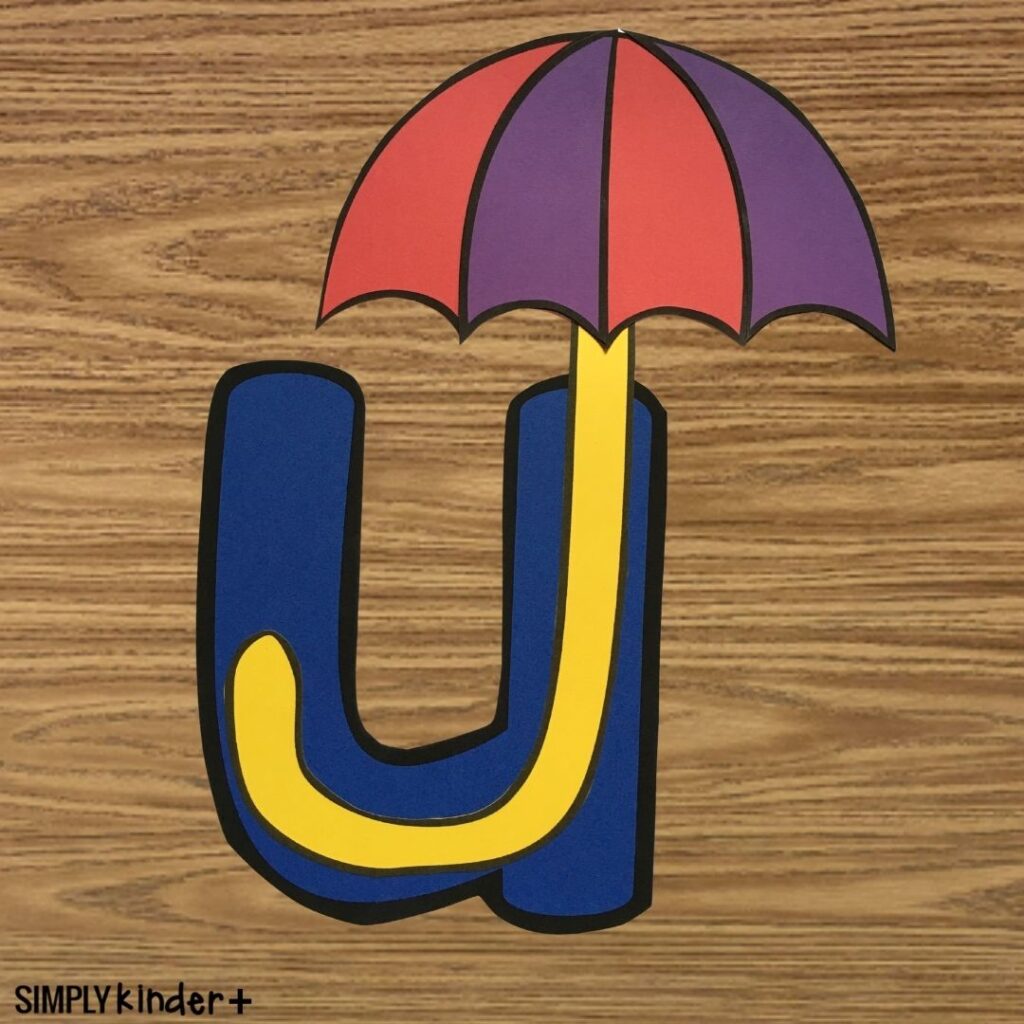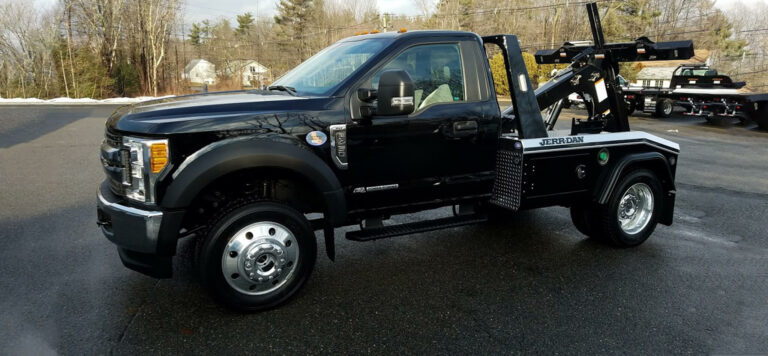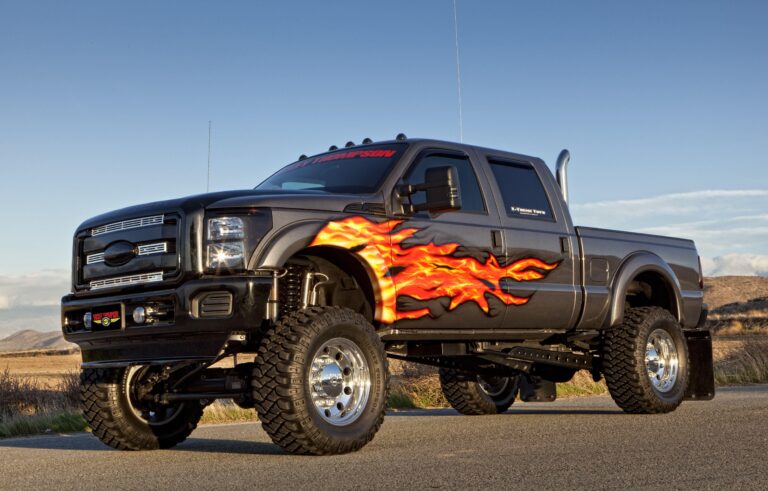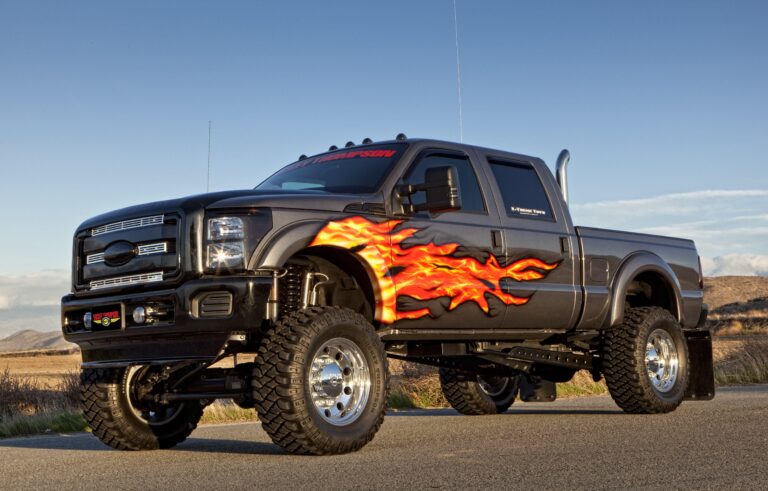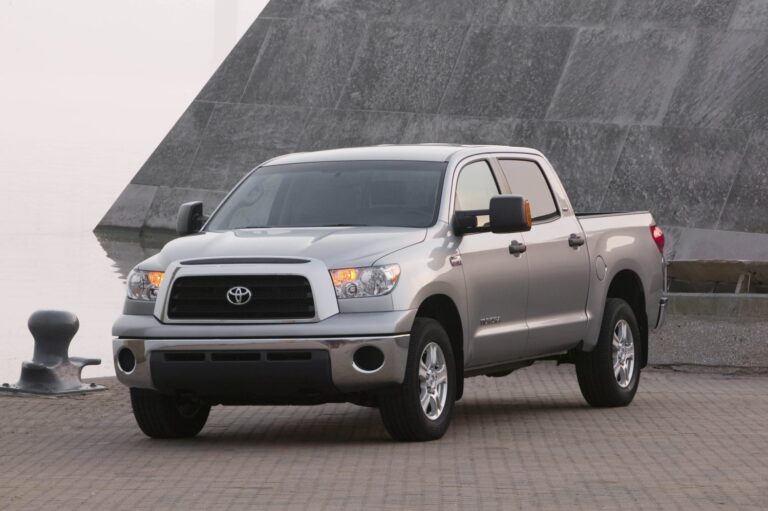U-Haul Car Trailer Rental: Your Comprehensive Guide to Safe and Efficient Vehicle Transport
U-Haul Car Trailer Rental: Your Comprehensive Guide to Safe and Efficient Vehicle Transport cars.truckstrend.com
Moving a vehicle, whether it’s a beloved classic, a project car, or your daily driver during a cross-country relocation, can be a significant logistical challenge. While driving the vehicle itself is often an option, there are numerous scenarios where towing becomes not just convenient, but essential. Enter U-Haul Car Trailer Rental – a widely recognized and accessible solution that empowers individuals to transport their vehicles safely and efficiently.
U-Haul’s car trailer rental service offers a flexible and cost-effective alternative to professional auto transport services, putting the control directly into your hands. From navigating complex weight limits and compatibility requirements to understanding the nuances of securing your precious cargo, this comprehensive guide will walk you through everything you need to know about U-Haul car trailer rentals, ensuring a smooth and successful transport experience.
U-Haul Car Trailer Rental: Your Comprehensive Guide to Safe and Efficient Vehicle Transport
Why Choose U-Haul Car Trailer Rental?
The decision to rent a U-Haul car trailer often stems from a combination of practical needs and economic considerations. Here’s why it stands out as a popular choice for vehicle transport:
- Cost-Effectiveness: Compared to hiring professional auto transporters, renting a U-Haul trailer can significantly reduce expenses, especially for DIY movers. You save on labor costs and often benefit from competitive rental rates.
- Convenience and Accessibility: U-Haul boasts an unparalleled network of locations across North America, making it easy to pick up and drop off trailers almost anywhere. Their online reservation system simplifies the booking process, allowing you to secure a trailer with just a few clicks.
- Flexibility: You control the schedule. Unlike professional services that operate on their own timelines, a U-Haul rental allows you to transport your vehicle exactly when you need to, at your own pace.
- Safety and Reliability: U-Haul trailers are designed with safety in mind, featuring robust construction, integrated ramps, and secure tie-down points. While user responsibility is paramount, the equipment itself is built for reliable performance.
- Protection for Your Vehicle: For long-distance moves, towing your car on a trailer prevents accumulating unnecessary mileage, wear and tear on tires and engine components, and exposure to road debris, preserving its value and condition.
- Transporting Non-Drivable Vehicles: If your vehicle isn’t running, is a project car, or simply isn’t roadworthy, a U-Haul car trailer provides the only practical way to move it without professional assistance.

U-Haul car trailers are ideal for a variety of scenarios, including cross-country moves, transporting classic cars to shows, retrieving project vehicles, moving vehicles that are not currently running, or simply avoiding extra mileage on a daily driver during a relocation.
Understanding U-Haul Car Trailer Options
U-Haul primarily offers two types of car trailers, each suited for different vehicles and towing scenarios. Understanding their differences is crucial for choosing the right equipment for your needs.
![]()
1. Auto Transport (Car Hauler)
The Auto Transport trailer is U-Haul’s premier option for vehicle towing, designed for maximum protection and versatility.
- Description: This is a two-axle trailer that lifts all four wheels of the towed vehicle completely off the ground. It features integrated ramps for easy loading and over-the-tire tie-down straps for securement.
- Ideal For:

- Long-distance moves, especially cross-country.
- Protecting the towed vehicle from road wear, mileage accumulation, and potential debris.
- Vehicles with lower ground clearance or specific suspension setups that might be damaged by a tow dolly.
- Non-running or project vehicles, as they can be winched or pushed onto the trailer.
- Heavier vehicles, as the four-wheel-off-the-ground design distributes weight more evenly and typically requires a more robust towing vehicle.
- Considerations: Requires a heavier-duty towing vehicle (truck or large SUV) and often a brake controller for safe operation, especially with heavier loads. It’s generally more expensive to rent than a tow dolly.
2. Tow Dolly
The Tow Dolly is a more compact and often more economical solution for transporting vehicles.
- Description: This is a single-axle trailer that lifts only the front wheels of the towed vehicle off the ground, leaving the rear wheels on the pavement. It features ramps for loading and safety chains/straps for securing the front wheels.
- Ideal For:
- Shorter distance moves.
- Vehicles that can be driven onto the dolly and have a steering column that can be unlocked (essential for proper turning).
- Lighter vehicles, typically front-wheel-drive cars.
- Considerations:
- Drivetrain: Generally best suited for front-wheel-drive (FWD) vehicles. Towing rear-wheel-drive (RWD) vehicles may require disconnecting the driveshaft to prevent transmission damage from the wheels spinning while the engine is off. All-wheel-drive (AWD) vehicles typically cannot be towed on a dolly at all, as it can severely damage the drivetrain. Always verify with U-Haul’s compatibility tool.
- Steering: The steering wheel of the towed vehicle must be unlocked to allow the front wheels to pivot freely during turns.
- Wear and Tear: The rear wheels of the towed vehicle will accumulate mileage and experience wear.
The Rental Process: A Step-by-Step Guide
Renting a U-Haul car trailer is a straightforward process, but meticulous planning and adherence to safety guidelines are paramount.
Step 1: Vehicle Compatibility Check
This is the most critical step. U-Haul has a stringent system to ensure your towing vehicle can safely handle the trailer and the vehicle you intend to transport.
- Towing Vehicle Requirements:
- Weight Capacity: Your towing vehicle must have sufficient Gross Vehicle Weight Rating (GVWR) and Gross Combined Weight Rating (GCWR) to safely pull the combined weight of the trailer and the towed vehicle.
- Hitch Class: A properly installed hitch is essential. U-Haul specifies minimum hitch classes (e.g., Class II, III, or IV) depending on the trailer type and load.
- Hitch Ball: Ensure you have the correct hitch ball size (typically 2" or 2-5/16") and it’s securely attached.
- Wiring: Your towing vehicle must have a working 4-flat or 7-way wiring harness for trailer lights.
- Brake Controller: For auto transports and heavier loads, a functional brake controller (integrated or aftermarket) is often required for the trailer’s electric brakes.
- Towed Vehicle Requirements:
- Weight and Dimensions: Ensure your vehicle’s weight and dimensions fall within the limits of the chosen trailer. U-Haul’s online reservation system will guide you.
- Drivetrain Type: As mentioned, be aware of FWD, RWD, and AWD implications, especially for tow dollies.
- Ground Clearance: Ensure adequate ground clearance for loading onto the trailer.
Actionable Insight: Use U-Haul’s "Trailer & Towing Guide" on their website. Input your towing vehicle and the vehicle you want to tow, and their system will tell you exactly what equipment you need and if it’s compatible. Do not skip this step!
Step 2: Reservation
Once compatibility is confirmed, reserve your trailer.
- Online: The easiest method. Select your pick-up/drop-off locations, dates, and trailer type.
- Phone/In-Person: You can also call your local U-Haul center or visit in person.
- Booking in Advance: Especially during peak moving seasons (summer, end of month), book well in advance to ensure availability.
Step 3: Pick-Up and Inspection
On the day of pick-up, arrive with your valid driver’s license and the credit card used for the reservation.
- Paperwork: Complete the rental agreement.
- Trailer Inspection: Before leaving the lot, thoroughly inspect the trailer with a U-Haul representative. Check tires for proper inflation and wear, ensure all lights (running, brake, turn signals) are working, verify ramps are secure, and inspect tie-down straps/chains for damage. Document any existing damage.
- Hook-Up Assistance: U-Haul staff will assist you in properly hitching the trailer to your vehicle, connecting the safety chains, and testing the lights. Pay attention and learn the process.
Step 4: Loading Your Vehicle
This is a critical safety stage.
- Safety First: Choose a level, hard surface for loading. Engage the parking brake on your towing vehicle and block its wheels. Ensure the trailer is securely hitched.
- Positioning: Carefully drive or winch your vehicle onto the trailer. For auto transports, center the vehicle for proper weight distribution (front-to-back and side-to-side). For tow dollies, ensure the front wheels are centered on the ramps.
- Securement:
- Auto Transport: Use the provided over-the-tire straps on all four wheels. Cinch them down tightly, ensuring they are snug and not rubbing against brake lines or suspension components.
- Tow Dolly: Secure the front wheels with the provided straps, ensuring they are tight. Attach the safety chains from the dolly to the frame of the towed vehicle.
- Final Check: Double-check all straps, chains, and connections. Give the straps a final tug to ensure they are fully taut.
Step 5: On the Road
Towing significantly changes your vehicle’s dynamics.
- Driving Habits: Drive slower than usual, especially on turns. Allow significantly increased braking distances. Make wider turns to avoid hitting curbs or other obstacles with the trailer.
- Regular Checks: During stops, periodically check the tie-down straps, hitch connection, and trailer lights. Loose straps are a common cause of accidents.
- Fuel Economy: Expect a significant drop in fuel efficiency due to the added weight and aerodynamic drag.
- Route Planning: Avoid steep grades, extremely tight turns, and areas with low overhead clearances if possible.
Step 6: Return
Return the trailer on time to the agreed-upon location. Ensure it is clean and in the same condition as when you picked it up (minus normal wear).
Important Considerations and Safety Tips
Safe towing is paramount. Heed these considerations:
- Weight Limits Are Non-Negotiable: Exceeding weight limits for your towing vehicle, the trailer, or the hitch can lead to loss of control, equipment failure, and severe accidents. Always err on the side of caution.
- Hitch and Wiring Integrity: A worn or improperly installed hitch, or faulty wiring, can lead to dangerous situations. Ensure everything is in top condition.
- Brake Controller: For auto transports, the electric brakes on the trailer require a brake controller in your towing vehicle. This allows you to apply the trailer brakes independently or proportionally with your vehicle’s brakes, drastically improving stopping power and control.
- Insurance: Your personal auto insurance policy might cover some liability when towing, but often doesn’t cover damage to the U-Haul trailer or the vehicle being towed. U-Haul offers optional coverage, such as "Safetow," which provides peace of mind. Review your personal policy and consider U-Haul’s options.
- Tire Pressure: Ensure both your towing vehicle’s tires and the trailer’s tires are inflated to the recommended pressure. Incorrect tire pressure can lead to blowouts, instability, and poor handling.
- Pre-Trip Inspection: Beyond the initial pick-up, conduct a quick inspection before every leg of your journey. Check lights, tire pressure, and all connections.
- No Passengers in Towed Vehicle: It is illegal and extremely dangerous to have passengers in a vehicle being towed.
- Secure Loose Items: Remove any loose items from the vehicle being towed to prevent them from becoming projectiles during transit.
- Practice Driving: If you’re new to towing, practice in a safe, open area before heading onto busy roads. Get a feel for the increased length, turning radius, and braking distance.
Pricing and Costs: A Representative Overview
U-Haul car trailer rental costs are dynamic and depend on several factors:
- Trailer Type: Auto transports are generally more expensive than tow dollies.
- Distance/Duration: One-way rentals (picking up in one city and dropping off in another) are typically more expensive than in-town rentals (picking up and dropping off at the same location). The duration of the rental also impacts the cost.
- Location & Demand: Prices can vary by city, state, and even by specific U-Haul location due to local demand and fleet availability. Peak seasons (summer, holidays) often see higher prices.
- Optional Add-ons: Insurance (Safetow), moving supplies, and other accessories will add to the total cost.
- Fuel Costs: Don’t forget to factor in the significantly increased fuel consumption of your towing vehicle.
Representative Price Range Table (Estimates Only)
| Factor | Tow Dolly (In-Town) | Tow Dolly (One-Way) | Auto Transport (In-Town) | Auto Transport (One-Way) |
|---|---|---|---|---|
| Daily Rental Rate | $45 – $65 | N/A (Mileage/Trip) | $65 – $85 | N/A (Mileage/Trip) |
| Typical One-Way Trip | N/A | $150 – $600+ | N/A | $300 – $1200+ |
| Insurance (Safetow) | ~$8 – $15 per day | ~$15 – $30 per day | ~$10 – $20 per day | ~$20 – $40 per day |
| Fuel Costs | Significant Increase | Significant Increase | Significant Increase | Significant Increase |
| Hitch Ball Rental | ~$5 – $10 (if needed) | ~$5 – $10 (if needed) | ~$5 – $10 (if needed) | ~$5 – $10 (if needed) |
Note: The prices above are highly generalized estimates. For an accurate quote, always use U-Haul’s official website or contact a local U-Haul center, as prices fluctuate constantly based on specific dates, locations, and availability.
Conclusion
U-Haul car trailer rental offers a robust, flexible, and often cost-effective solution for transporting vehicles across various distances and for diverse purposes. By understanding the differences between an auto transport and a tow dolly, meticulously checking vehicle compatibility, adhering to the step-by-step rental and loading process, and prioritizing safety above all else, you can ensure a successful and stress-free experience. While the responsibility of towing falls on your shoulders, U-Haul provides the necessary tools and support to make your vehicle transport journey as smooth as possible. With careful planning and attention to detail, you’ll have your vehicle safely at its destination in no time.
Frequently Asked Questions (FAQ) about U-Haul Car Trailer Rental
Q1: What’s the main difference between an Auto Transport and a Tow Dolly?
A1: An Auto Transport (car hauler) lifts all four wheels of the towed vehicle completely off the ground, making it ideal for long distances, protecting the vehicle from wear, and transporting non-running cars. A Tow Dolly lifts only the front two wheels, leaving the rear wheels on the ground. It’s generally better for shorter distances and front-wheel-drive vehicles with unlocked steering.
Q2: Do I need a special license to tow a U-Haul trailer?
A2: In most states and provinces in the U.S. and Canada, a standard Class D (or equivalent) driver’s license is sufficient for towing U-Haul trailers, as long as the combined weight of your towing vehicle, the trailer, and the towed vehicle does not exceed specific limits (which are typically higher than what U-Haul equipment allows a consumer to tow). However, always check your local Department of Motor Vehicles (DMV) or equivalent for specific regulations.
Q3: How do I know if my vehicle can tow a U-Haul car trailer?
A3: U-Haul has a dedicated "Trailer & Towing Guide" on their website. You input your towing vehicle’s year, make, and model, and the vehicle you intend to tow, and the system will instantly tell you what equipment is compatible and if your vehicle meets the towing requirements. This is the most accurate way to check compatibility.
Q4: Can I tow a non-running car with a U-Haul trailer?
A4: Yes, an Auto Transport (car hauler) is suitable for towing non-running vehicles, as all four wheels are off the ground. A Tow Dolly is generally NOT recommended for non-running vehicles unless you can easily push or winch the vehicle onto the dolly, and the steering wheel can be unlocked.
Q5: Is insurance included with the rental?
A5: No, basic rental typically does not include comprehensive insurance. U-Haul offers optional coverage, such as "Safetow," which provides protection for the U-Haul equipment and potentially the towed vehicle. It’s highly recommended to consider this, as your personal auto insurance policy may not fully cover towing incidents or damage to rental equipment.
Q6: How long can I rent a trailer for?
A6: Rental durations are flexible. For in-town rentals, it’s often daily. For one-way rentals, the duration is typically based on the estimated travel time for the distance, with a set number of days. You can specify your desired rental period during the reservation process.
Q7: Can I rent a trailer for one-way travel?
A7: Yes, U-Haul specializes in one-way rentals, allowing you to pick up a trailer in one city and drop it off at a different U-Haul location in another city. This is a very popular option for cross-country moves.
Q8: What kind of hitch do I need for a U-Haul car trailer?
A8: You’ll need a properly installed receiver hitch on your towing vehicle, typically Class II, III, or IV, depending on the weight of the trailer and towed vehicle. You’ll also need the correct hitch ball size (usually 2" or 2-5/16"), and a working wiring harness (4-flat or 7-way) for the trailer lights. For heavier loads or auto transports, a brake controller may also be required.
